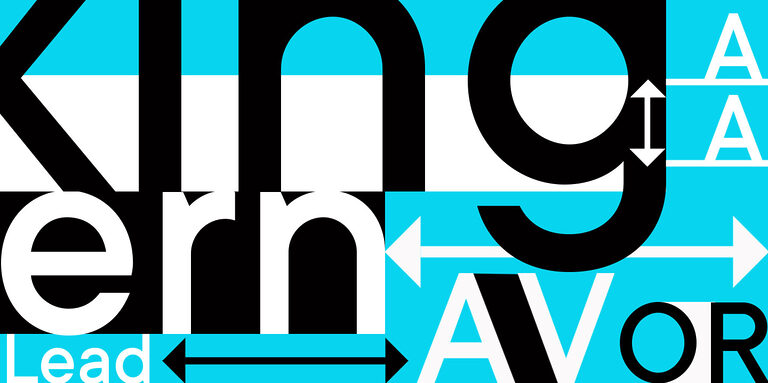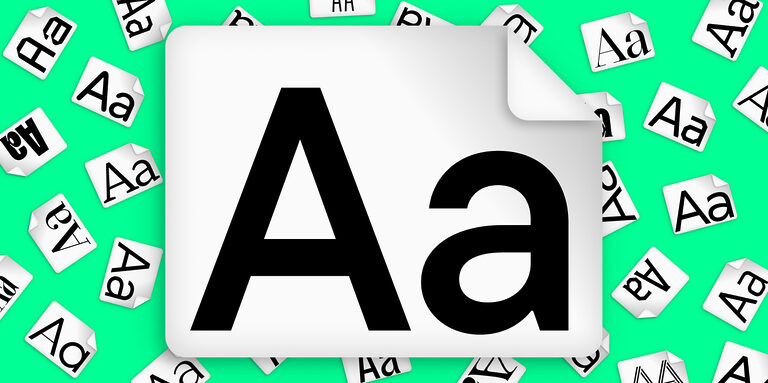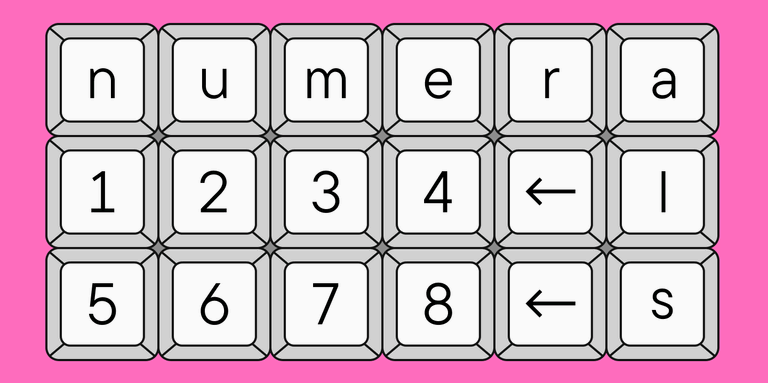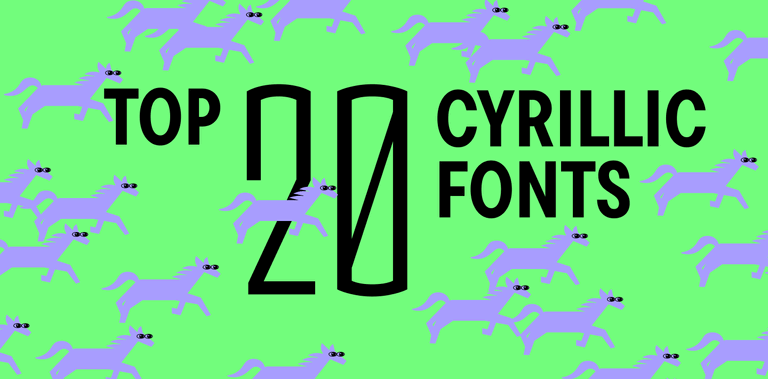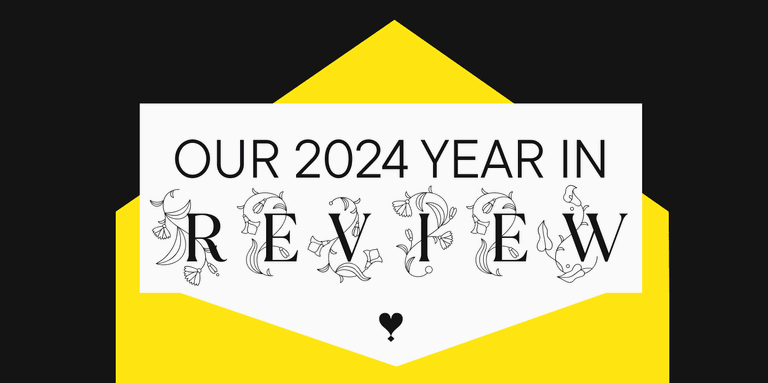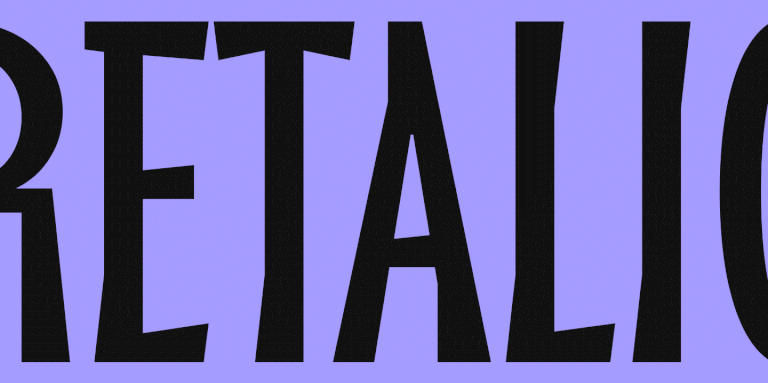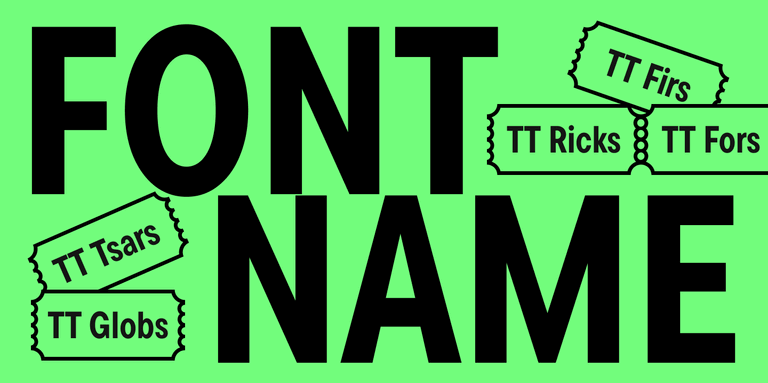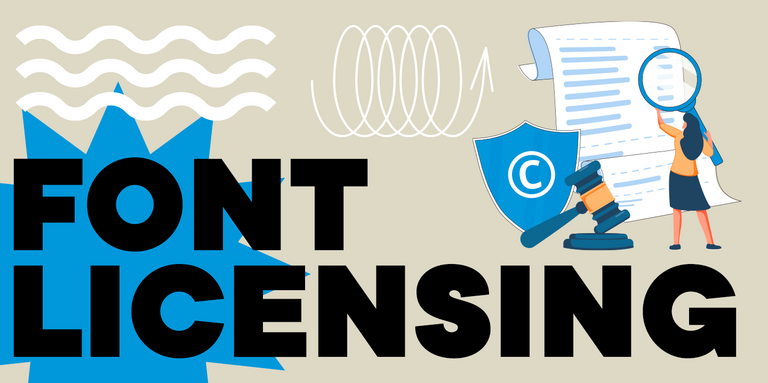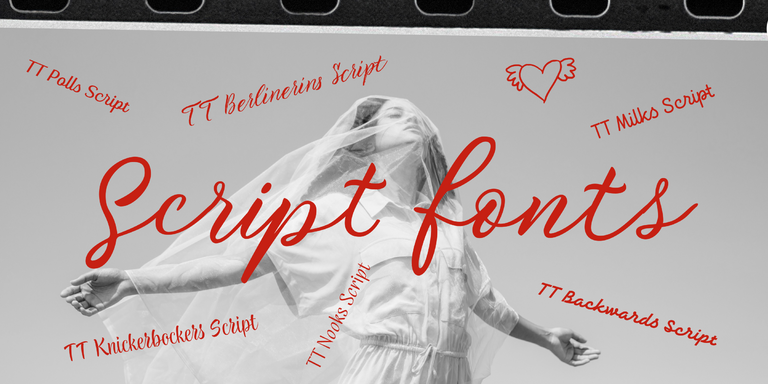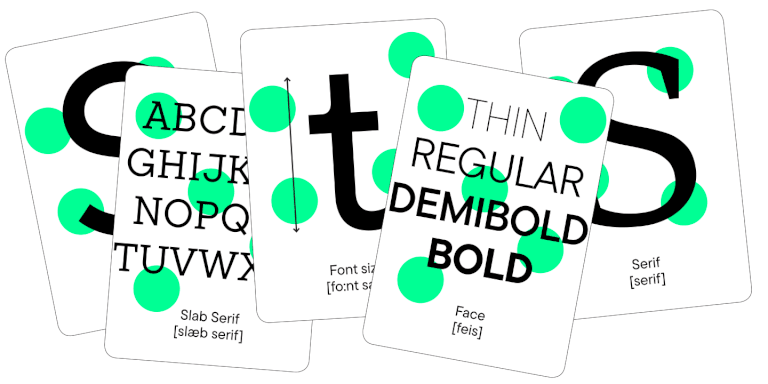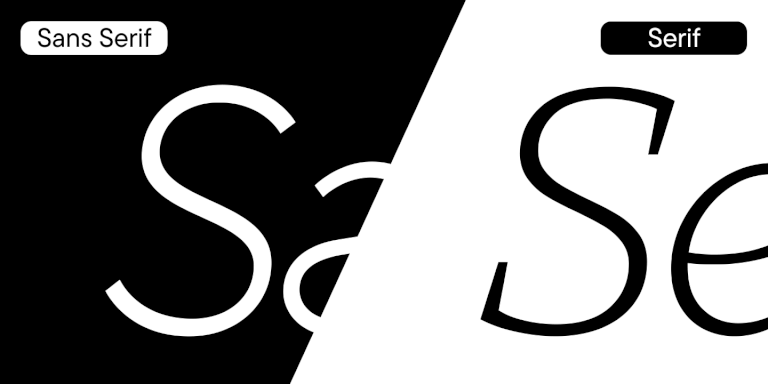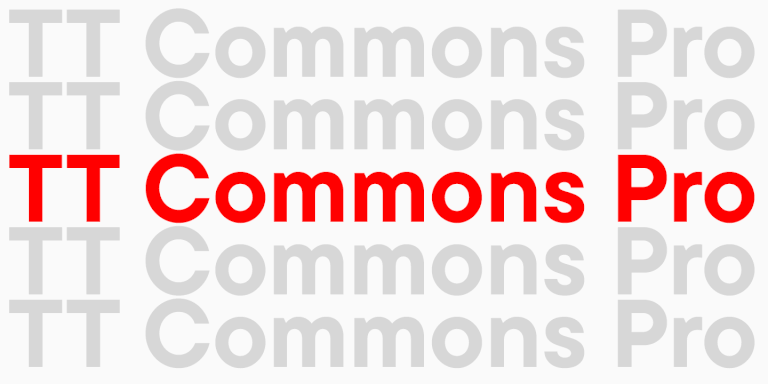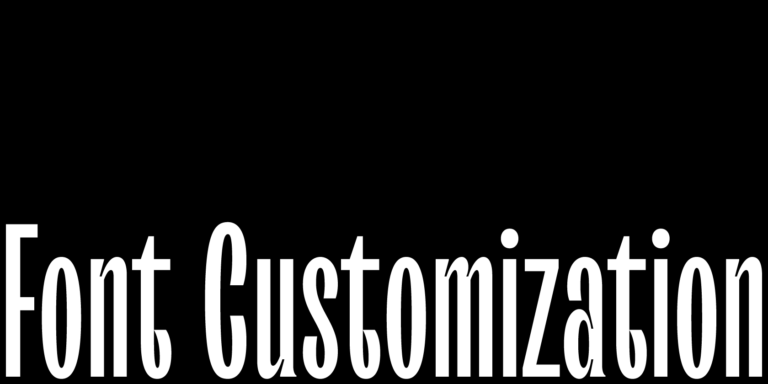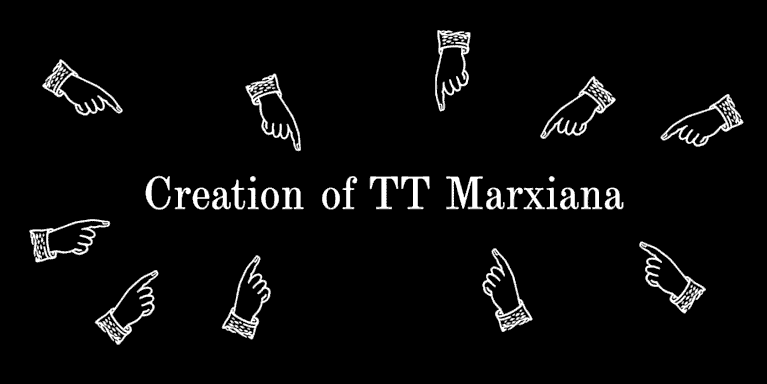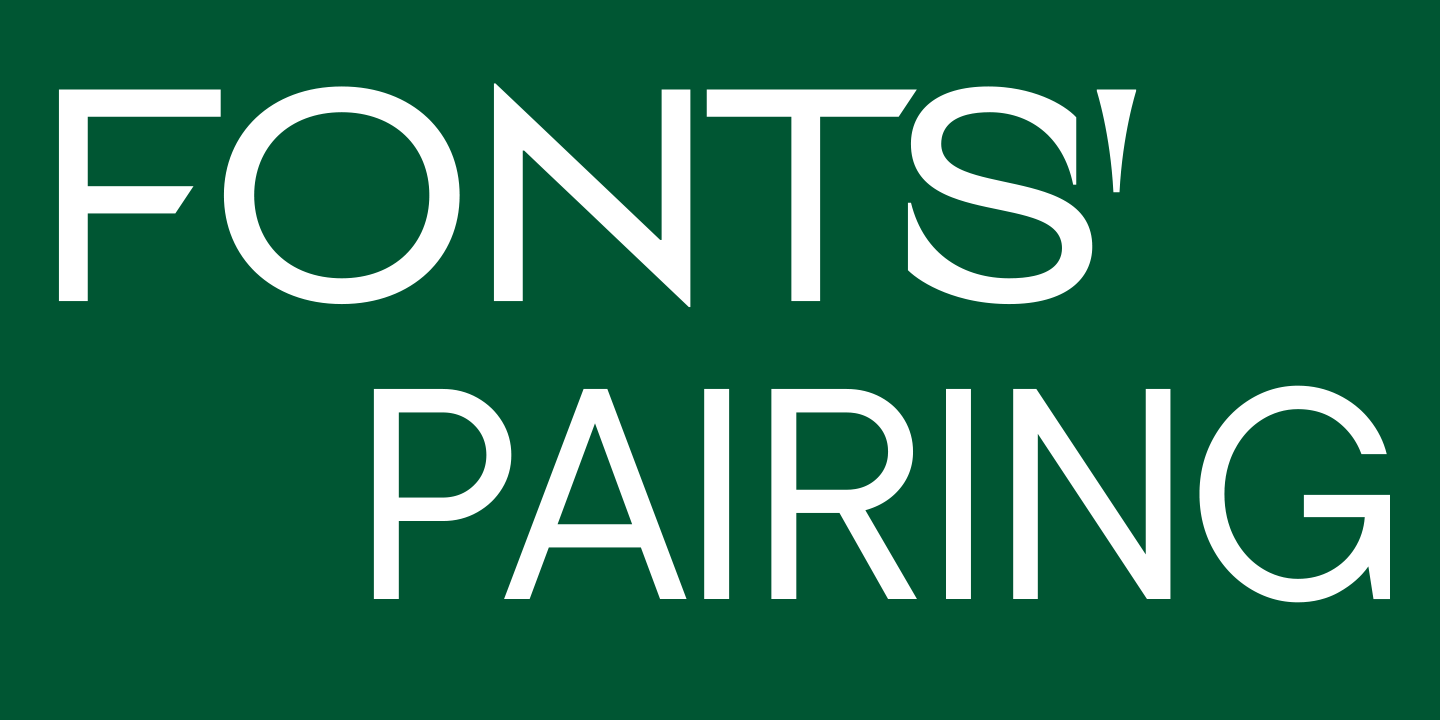
En casi cualquier pista musical donde el vocalista lleva el papel principal, no se utiliza una sola línea vocal. A veces, esto pasa desapercibido, pero los momentos que erizan la piel suelen estar reforzados por otra línea vocal, en un tono más alto o más bajo, para destacar acentos y potenciar el efecto. A menudo, estos fragmentos son interpretados por coristas, ya que la diferencia de timbres ofrece al oyente una experiencia emocional más rica.
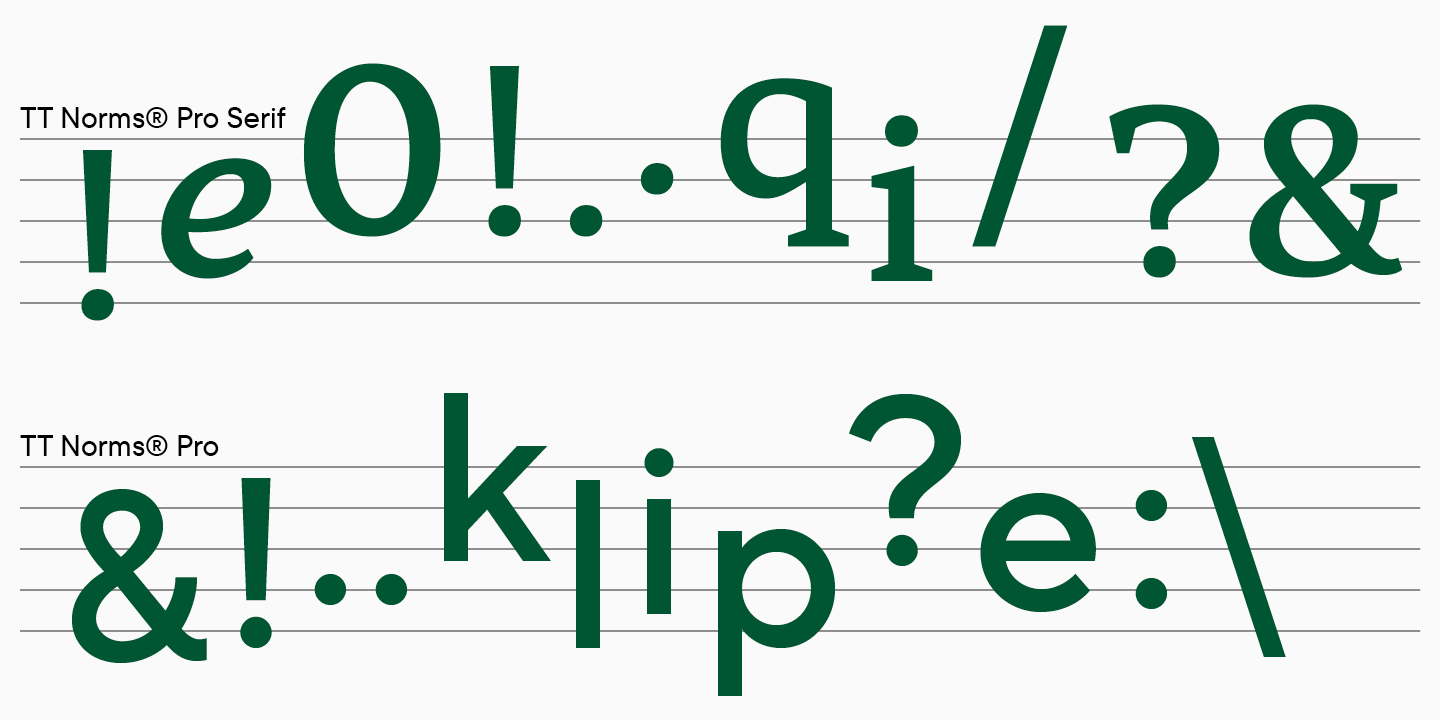
La tipografía se puede imaginar como una voz, ya que no solo transmite información al lector, sino que también evoca emociones. Ya hemos mencionado que la voz de una marca es su tipografía. Ahora es el momento de hablar sobre cómo reforzar la voz principal de la marca utilizando combinaciones tipográficas y cómo gestionar dichas combinaciones de forma adecuada para causar el efecto deseado en el lector.
Además, con el ejemplo de la creación de TT Norms® Pro Serif, descubrirás cómo se diseñan las parejas tipográficas dentro de una misma familia y cuáles son los mejores contextos para utilizarlas.
¿Qué es una pareja tipográfica?
No todos los tipos de fuentes lucirán bien en un mismo proyecto. Los diseñadores saben que elegir un solo tipo adecuado para un proyecto puede ser complicado, y encontrar la pareja ideal es aún más difícil. Pero antes de profundizar, veamos qué se entiende por parejas tipográficas.
Una pareja tipográfica es la combinación de dos tipografías en un mismo proyecto. Lo particular de esta combinación es que cada tipografía tiene su propia función. Generalmente, una debe captar la atención, mientras que la otra transmite la información sin dificultar la lectura del texto. La primera se utiliza para encabezados y elementos destacados, mientras que la segunda se aplica al cuerpo principal del texto.
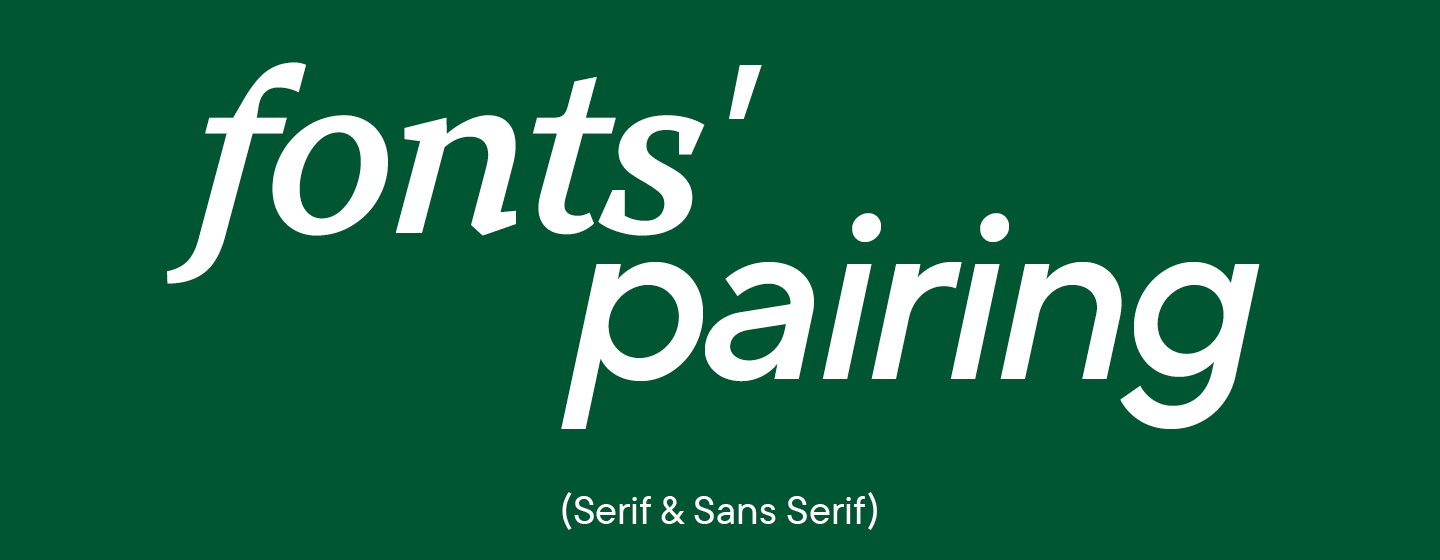
Un factor importante es que entre las dos fuentes seleccionadas debe haber una química; deben complementarse bien entre sí. De lo contrario, no habrá magia, y el lector no experimentará la emoción que busca transmitir la marca.
El proceso de selección de estas fuentes es creativo. No existe un conjunto de reglas que determine con precisión si las fuentes combinarán bien o no.
¿Para qué sirven las parejas tipográficas?
Sin duda, se puede utilizar una sola fuente para una marca, sin complicarse buscando una pareja tipográfica. Este es el camino más simple y seguro para un diseñador.
Sin embargo, este enfoque no siempre es adecuado. La atención humana está diseñada de tal manera que es difícil mantener el enfoque durante mucho tiempo en elementos monótonos; se necesitan puntos de interés. Al leer, esos anclajes son las partes del texto que destacan visualmente.
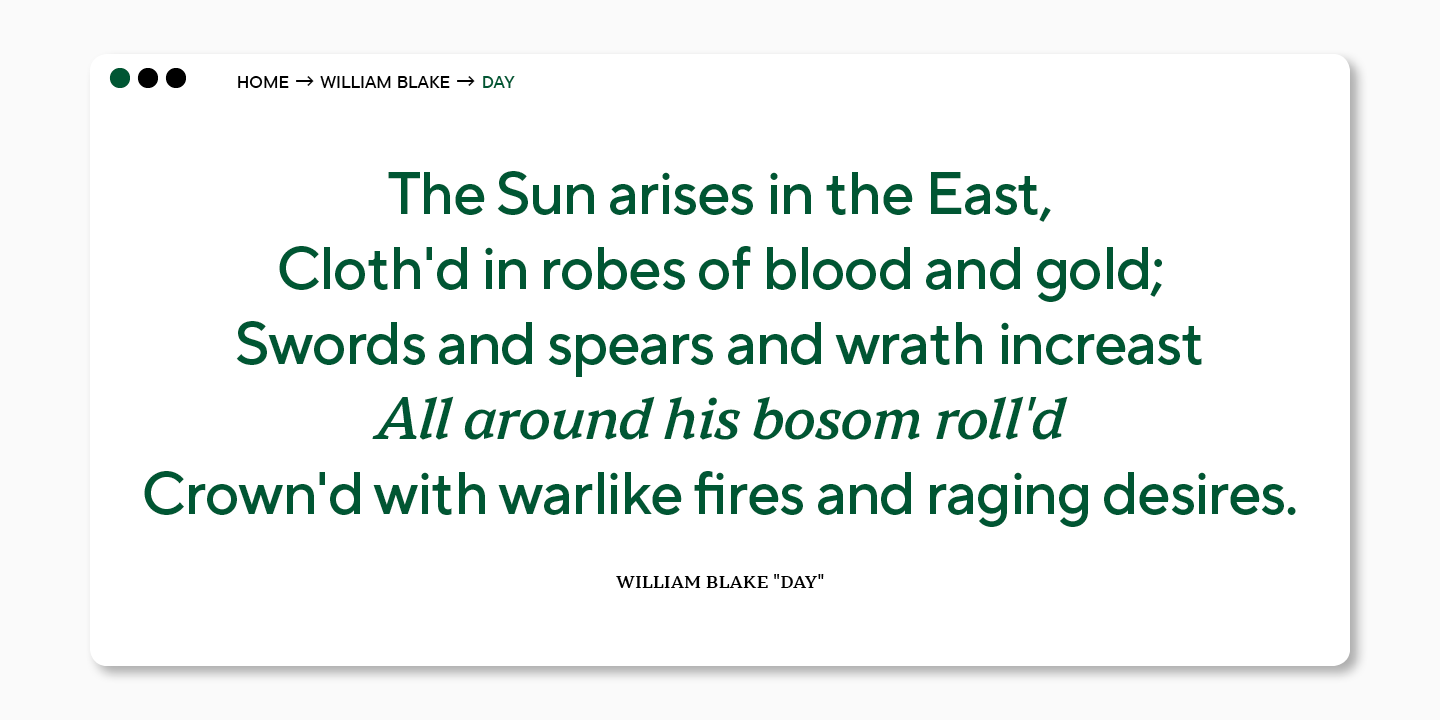
La combinación de fuentes ayuda a dirigir la atención del lector. Un tamaño de letra más grande y una fuente expresiva, diferente a la utilizada para el cuerpo del texto, facilitarán la lectura del título. Las funciones de resaltar dentro del texto principal serán asumidas por estilos como cursiva o negrita.
Al usar dos fuentes diferentes, se facilita la tarea del público y se refuerza el mensaje emocional de la marca.
Principios para combinar fuentes
Se pueden encontrar decenas de artículos sobre combinaciones tipográficas, pero ninguno ofrecerá reglas precisas para elegir una pareja tipográfica. La química entre las fuentes depende de numerosos factores, no todos sujetos a instrucciones claras.
Sin embargo, explicaremos cómo se creó una pareja tipográfica para el bestseller de la colección, TT Norms® Pro, y luego compartiremos recomendaciones del estudio. Estas sugerencias te ayudarán en el futuro a seleccionar combinaciones armoniosas de fuentes.
El grotesco TT Norms® Pro y la antigua TT Norms® Pro Serif
TT Norms® Pro es el principal bestseller del estudio TypeType. Esta familia tipográfica se ha convertido en la voz de marcas como Cartoon Network, Sartorius, Intercom, CSN y muchas otras.
Parte de su popularidad radica en que TT Norms® Pro es un grotesco geométrico con un carácter neutral. Es una fuente versátil, moderna y elegante, cuyo estilo se adapta fácilmente a diferentes ámbitos.
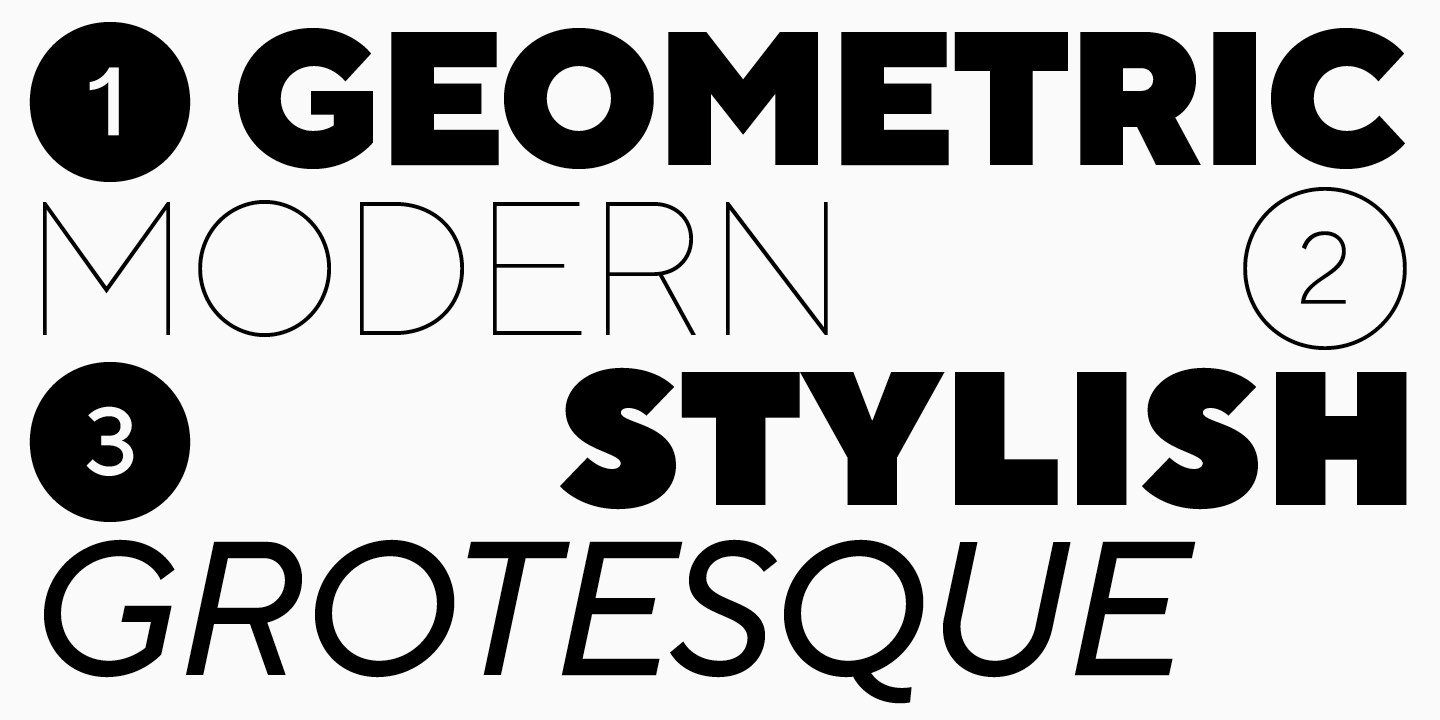
La familia de fuentes se ha ampliado varias veces, incluyendo la adición de la versión monoespaciada TT Norms® Pro Mono, nuevos estilos y lenguajes. Gracias a su versatilidad, encontrar una pareja tipográfica para TT Norms® Pro no es complicado, pero el estudio TypeType decidió desarrollar la pareja perfecta creando una antigua que complementara armónicamente al grotesco.
Queríamos diseñar no solo un complemento para la versión clásica, sino también una antigua de texto que los diseñadores pudieran usar de manera independiente o en combinación con otras fuentes.
Comenzamos con una investigación en la que estudiamos grandes familias tipográficas de otros estudios y autores, que incluían tanto antiguas como grotescos. En la versión de prueba, evaluamos hasta qué punto queríamos que la nueva antigua se asemejara a TT Norms® Pro.

La versión final de TT Norms® Pro Serif es un equilibrio entre la similitud de caracteres y la diferencia visual en las formas.

TT Norms® Pro es un grotesco con bajo contraste y carácter moderado. Como bien sabes, una antigua se diferencia por sus serifas y el alto contraste en sus trazos, pero cambiar solo estos dos componentes no es suficiente para crear una pareja.
Para que las fuentes se combinen perfectamente y surja una química entre ellas, es necesario añadir algo más que convierta a la antigua en una tipografía verdaderamente autónoma.
En TT Norms® Pro Serif se han incorporado rasgos distintivos propios.
- La fuente se volvió más firme. Se modificaron las uniones de los arcos y la forma de los semi-óvalos.

- Los círculos de los caracteres permanecieron redondos, pero se añadió dinamismo en el óvalo. En TT Norms® Pro, el óvalo es simétrico verticalmente, mientras que en TT Norms® Pro Serif aparece una inclinación en los caracteres redondos.

- La letra g cambió su forma y se convirtió en bicameral, característica propia de la mayoría de las antiguas, pero rara vez presente en los grotescos.

- La fuente se volvió un poco más ancha debido a las serifas, pero el espaciado parece más compacto, ya que las serifas ocupan visualmente más espacio en blanco.

A pesar de las diferencias, los caracteres de las fuentes son en muchos aspectos similares. Esto se percibe visualmente y se entiende al examinar detenidamente sus estructuras.
- La altura y las proporciones de los caracteres permanecieron intactas. Esto facilita su uso conjunto, ya que se pueden colocar las fuentes juntas incluso en una misma línea sin perder la armonía visual.

- La similitud en el grado de cierre de las aperturas y en la construcción de muchos caracteres, como «t», «k», «r» y «q», facilita la combinación de las fuentes.

- La composición de caracteres de las fuentes es prácticamente idéntica; TT Norms® Pro Serif incluye una cirílica y latina ampliadas, así como una variedad de símbolos de moneda y signos de puntuación.
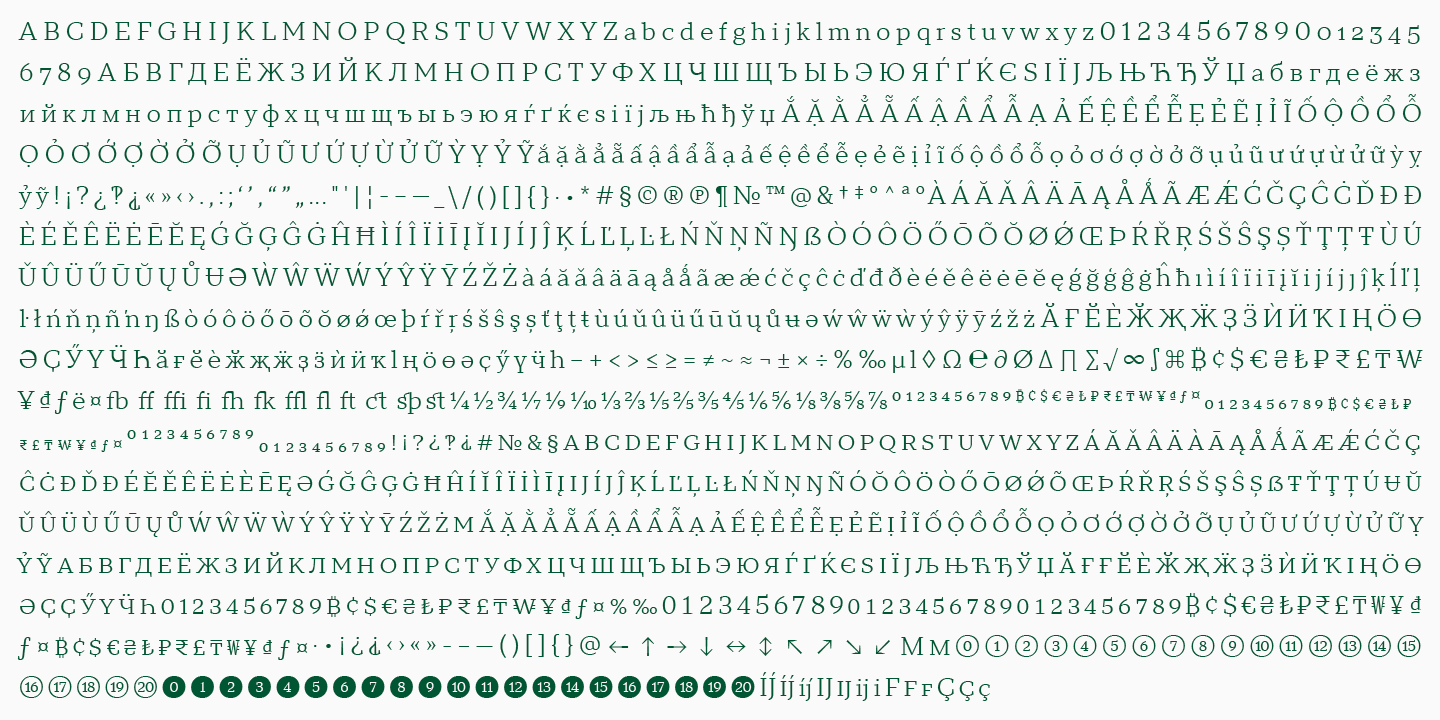
- Las habituales funciones OpenType se han añadido a la nueva antigua para garantizar que la fuente sea funcional.
Al diseñador le resultará sencillo trabajar con la nueva antigua si ya está familiarizado con TT Norms® Pro. No habrá problemas al seleccionar estilos, ya que en la antigua los nombres replican los de las fuentes TT Norms® Pro. A pesar de las diferencias en los grosores de los trazos principales, los estilos de la antigua se han creado para combinar perfectamente con las fuentes TT Norms® Pro, facilitando el trabajo del diseñador al utilizar ambas familias de forma conjunta.
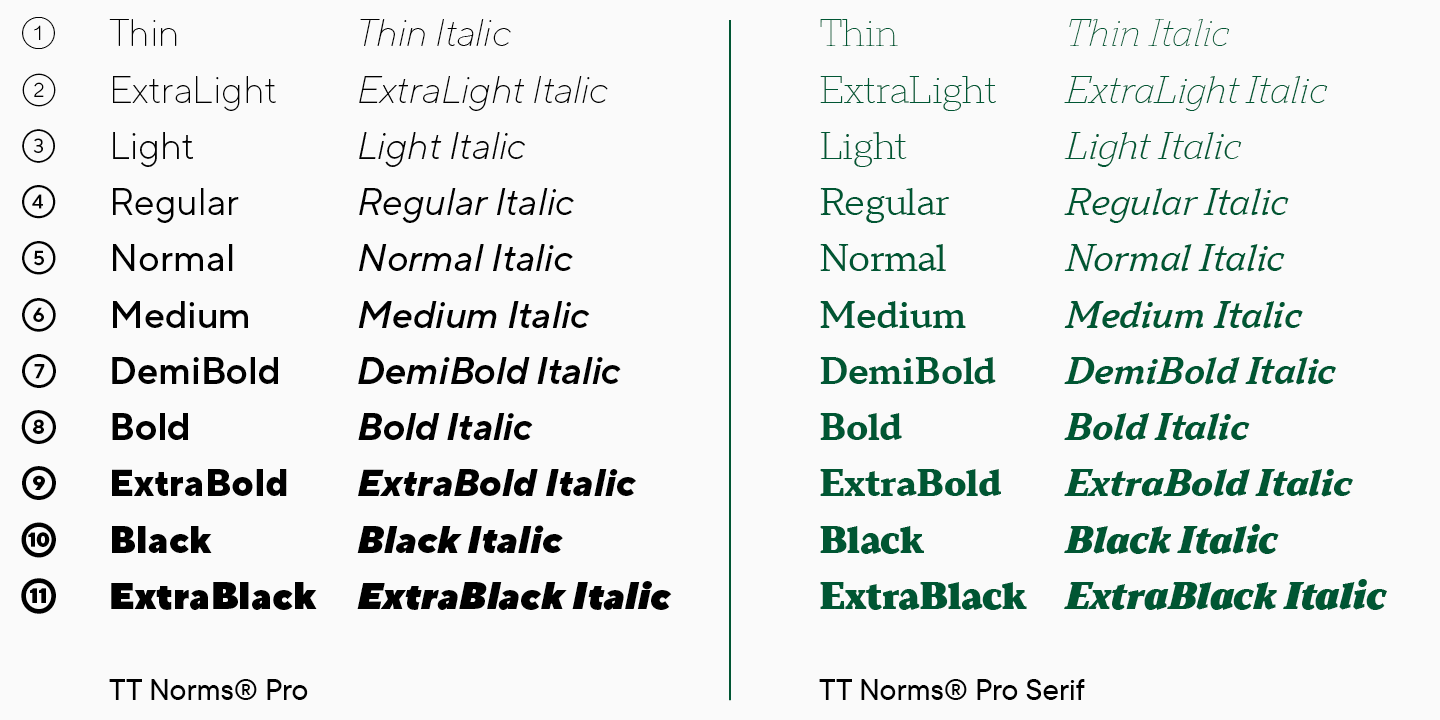
Un beneficio adicional de TT Norms® Pro Serif son las itálicas, que no se parecen en absoluto a las versiones inclinadas del grotesco. Hemos creado auténticas itálicas, con formas de caracteres diseñadas desde cero. Estas se desarrollaron a partir de formas de antiguas, sin basarse en el grotesco.
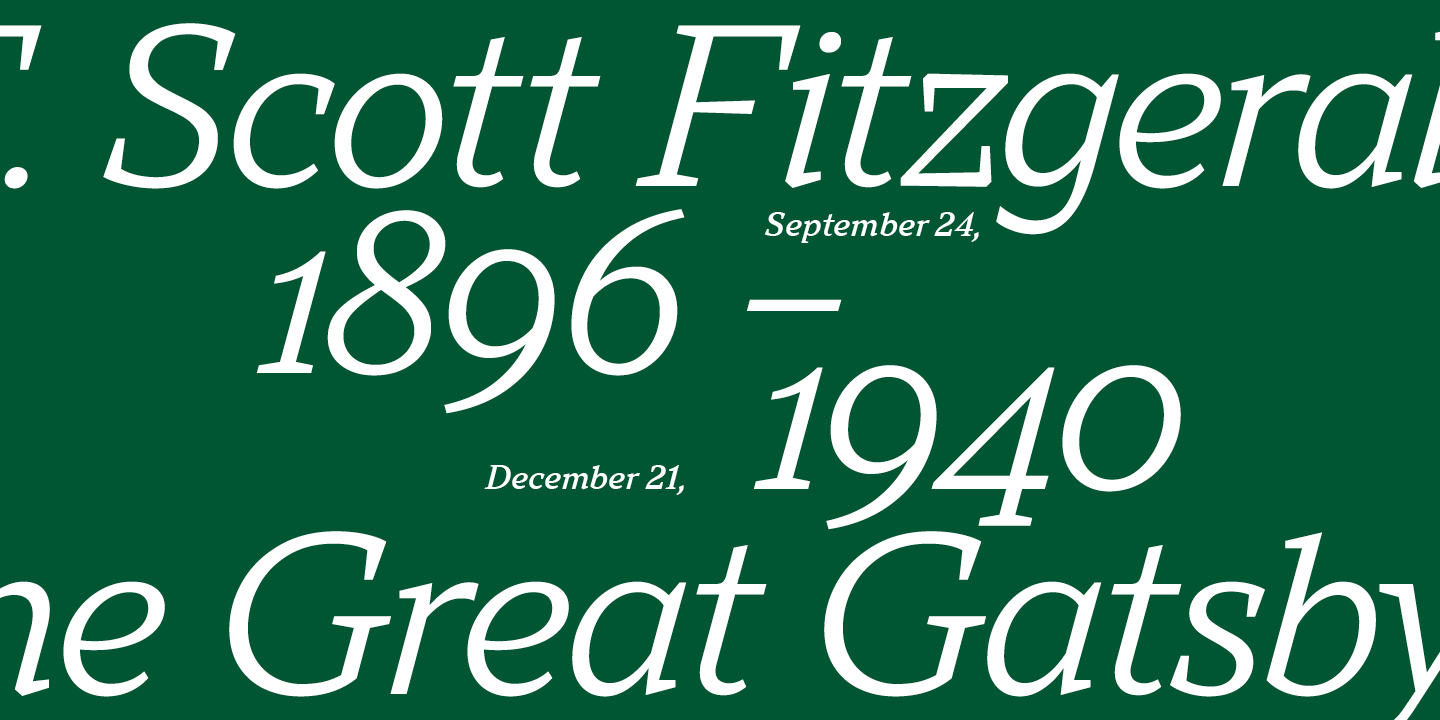
Las versiones inclinadas de TT Norms® Pro Serif son ideales para resaltar texto escrito con TT Norms® Pro. Las itálicas realmente captan la atención del lector, pero mantienen una apariencia armoniosa, ya que en sus formas aún se puede percibir el carácter original de TT Norms® Pro.
La combinación tipográfica del grotesco TT Norms® Pro y la antigua TT Norms® Pro Serif forma un dúo en el que una fuente complementa a la otra. Mientras que muchos ya están familiarizados con el carácter moderno, universal y neutral del grotesco, queda por descubrir el estilo más conservador y formal de la antigua destinada a texto. Cómo combinar estas fuentes depende de cada diseñador.
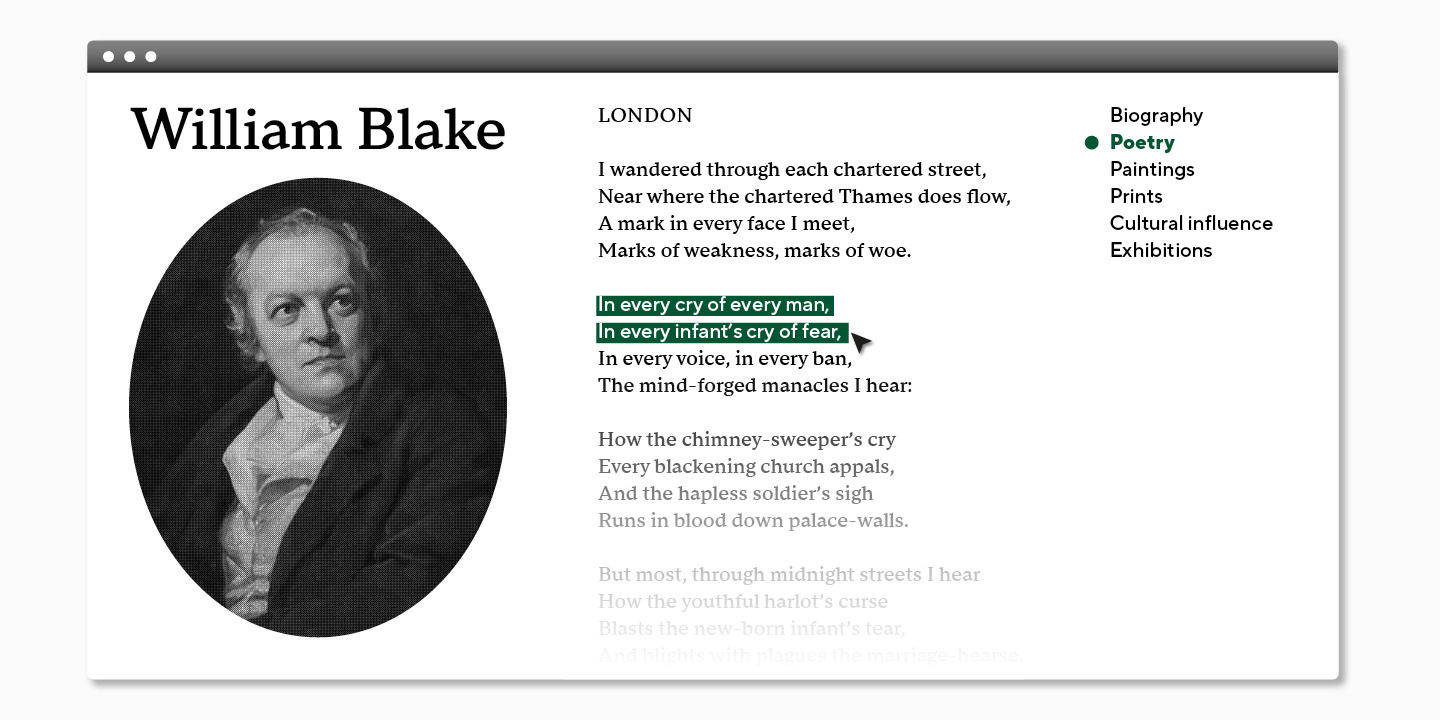
Recomendaciones para combinar fuentes
Combinar grotescas y antiguas es una opción común para crear una pareja tipográfica. Esto tiene su lógica: para que las fuentes funcionen bien juntas, deben cumplir con varios criterios. Las fuentes deben ser diferentes, compartir ciertos elementos comunes y, al combinarse, causar la impresión adecuada en el espectador. Este último aspecto es casi mágico, ya que entre las fuentes debe surgir una «química» que permita evocar emociones. Sin embargo, los dos primeros criterios son más concretos, y hemos preparado algunas recomendaciones que te ayudarán a seleccionar una pareja tipográfica en el futuro.
- Las fuentes deben diferenciarse entre sí. Las grotescas y las antiguas suelen combinarse porque, desde su construcción, presentan diferencias evidentes en elementos como las serifas y el contraste. Sin embargo, elegir cualquier antigua y cualquier grotesca no garantiza que formen una pareja tipográfica adecuada.

- Las fuentes deben tener puntos en común. Pueden ser similares en las construcciones de ciertos caracteres, compartir proporciones iguales, hacer referencia a una misma época histórica o tener un carácter similar.

- Las fuentes deben verse bien juntas. Este es un criterio complicado, ya que determinar cuán atractiva es la combinación de fuentes a menudo depende de la intuición. Sin embargo, existe un método para evaluar su compatibilidad. Intenta observar la fuente desde una perspectiva diferente e imagina su carácter como si estuvieras describiendo a una persona. Responde preguntas como: ¿cómo viste esta persona?, ¿cuántos años tiene?, ¿cómo es su voz?, ¿qué estilo de ropa prefiere? Al visualizar la personalidad de la fuente, podrás deducir qué tipo de carácter falta a su lado. Podría ser un personaje que complemente al primero, aportando las características que este no tiene.

No tengas miedo de experimentar probando diferentes combinaciones de fuentes y confía en tu intuición. La experiencia visual, que facilita la elección de pares entre diversas familias tipográficas, se desarrolla con el tiempo.
Dónde usar pares de fuentes
Las combinaciones tipográficas las encontramos a diario, ya sea paseando por la ciudad o navegando por sitios web. Por ejemplo, en el diseño de carteles y afiches casi siempre se utilizan dos fuentes: una para el título llamativo y otra para la información sobre el evento o proyecto.
En los encabezados de sitios web, libros, revistas y periódicos, a menudo se emplea una fuente distinta. Algunas marcas optan por usar una fuente diferente para una sección específica de su sitio si su contenido es fundamentalmente diferente del resto. Este enfoque es común entre empresas que desean diferenciar un bloque comercial de uno social o destacar un blog con artículos extensos.
Ejemplos de pares tipográficos
Para finalizar el artículo, compartimos ejemplos de pares tipográficos listos que se combinan de manera armoniosa en proyectos.
- Un grotesco neutral y una antigua de texto conservadora. Fuentes: TT Norms® Pro Serif y TT Norms® Pro.
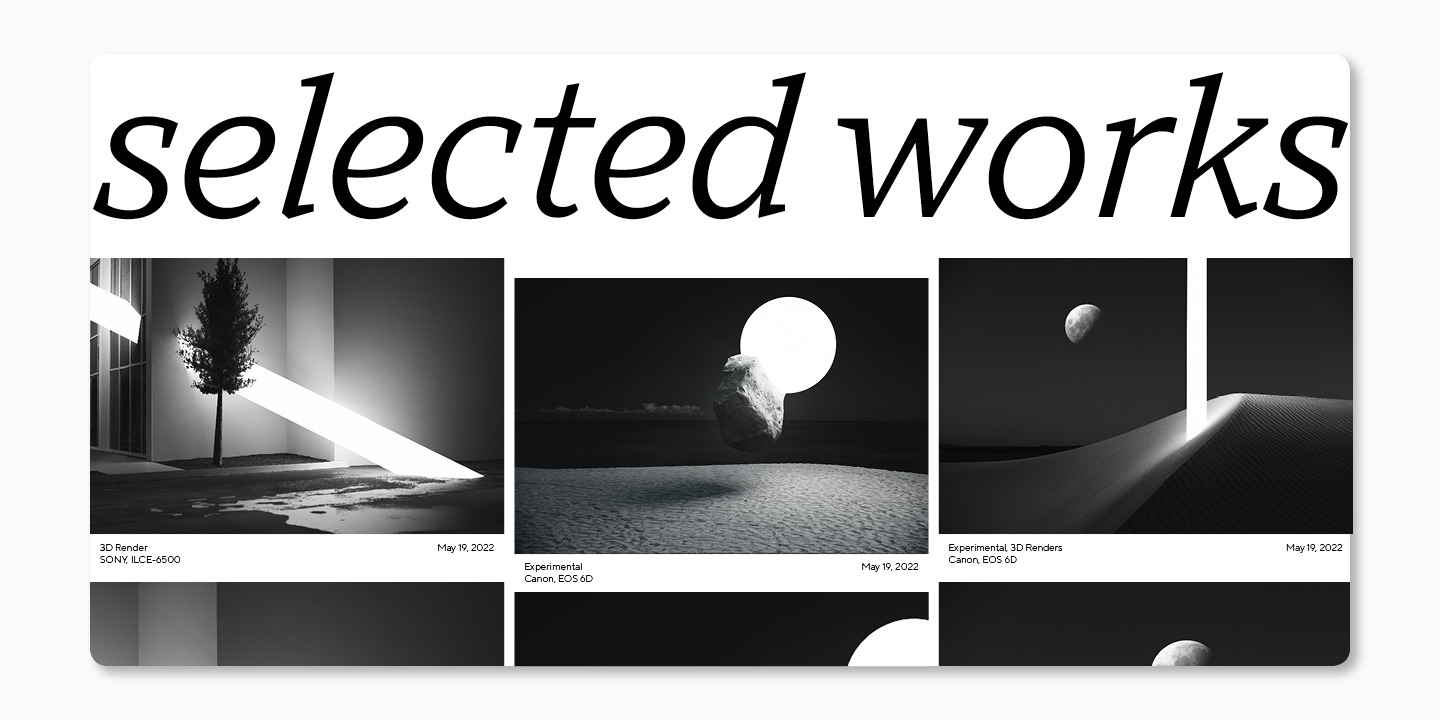
Una pareja ya conocida que se adapta perfectamente para su uso en libros o en el diseño de sitios web.
2. Una elegante antigua display y un grotesco humanista. Fuentes: TT Livret Display + TT Fellows.
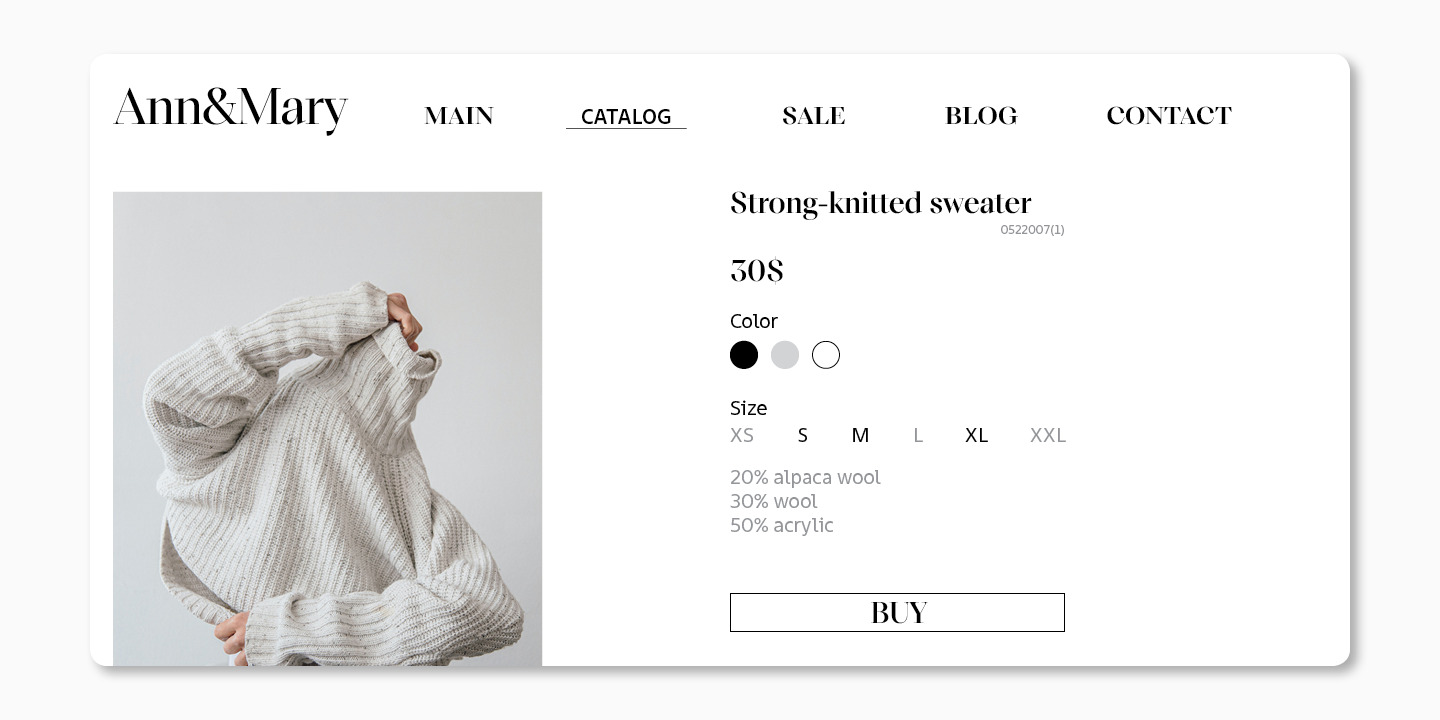
La antigua elegante atrae la atención en los encabezados, mientras que para el cuerpo del texto se utiliza una fuente de carácter suave y amigable.
3. Una fuente decorativa y una antigua para texto. Fuentes: TT Ricordi Marmo + TT Livret Text.
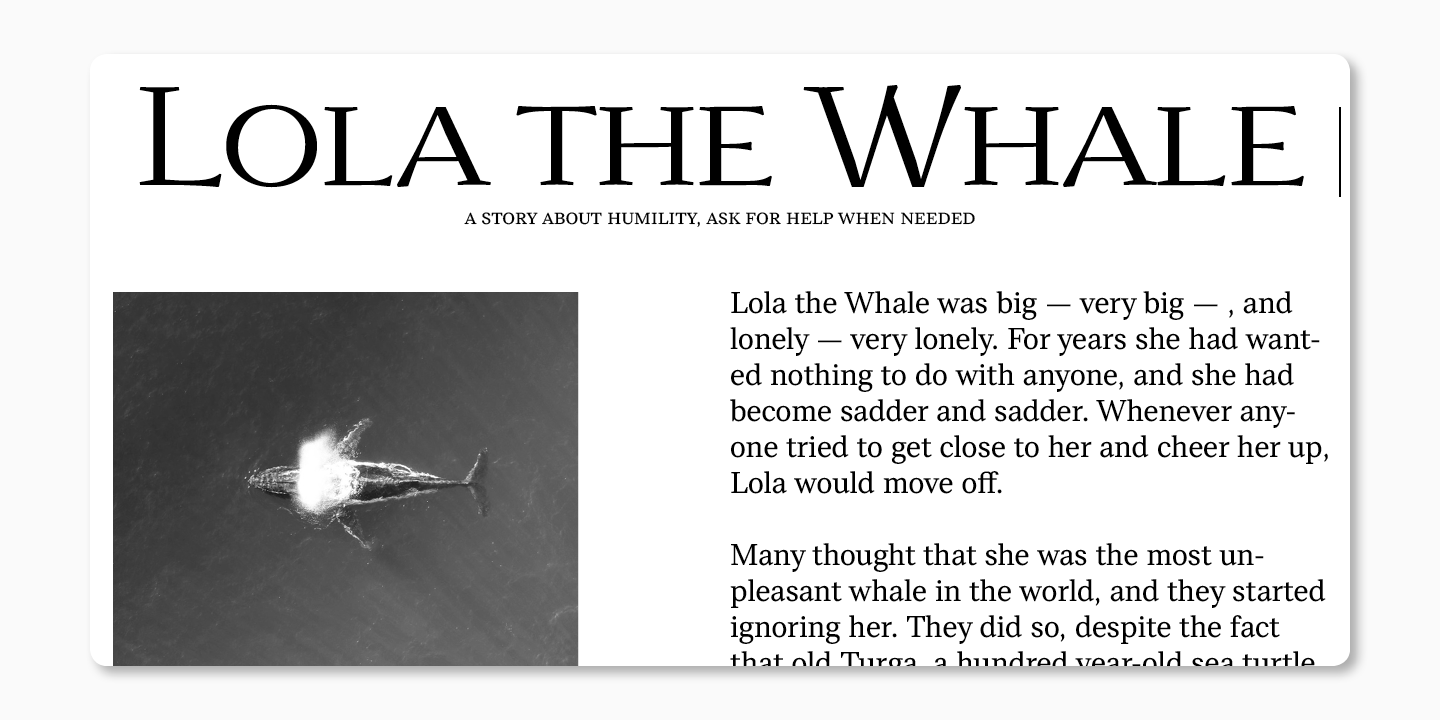
Si el encabezado se diseña con una fuente expresiva y llamativa, no pasará desapercibido. Para el cuerpo del texto, es mejor elegir una fuente que no distraiga la atención de la lectura.
Conclusión
Elegir dos fuentes que se complementen perfectamente y transmitan emociones e información de manera equilibrada no es una tarea sencilla. Sin embargo, al emplear dos fuentes, el diseñador dispone de más oportunidades para comunicar los valores de la marca, destacando los puntos clave donde sea necesario.
Combina diferentes fuentes, disfruta del proceso y elige las mejores parejas.



